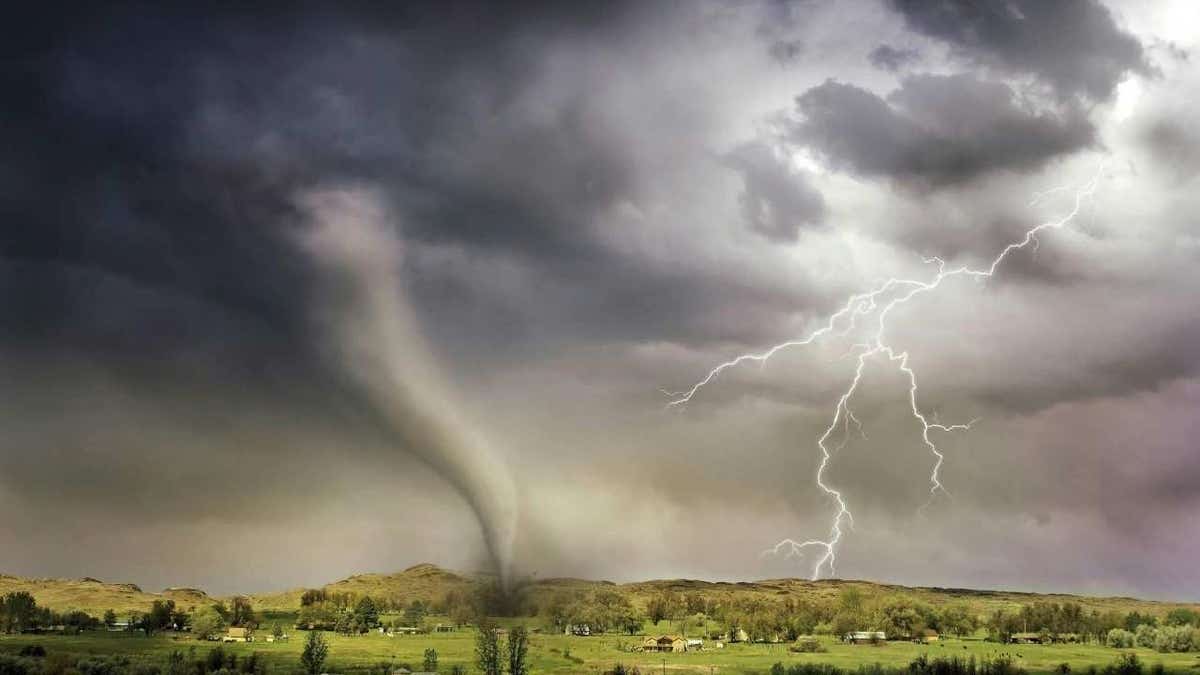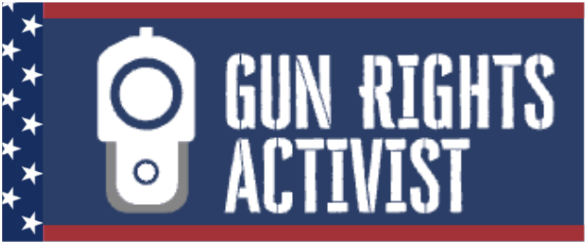NEWYou can now listen to Fox News articles!
Central Texas is still reeling from those devastating floods that claimed more than 100 lives and left dozens missing. Torrential rains caused the Guadalupe River to rise nearly 30 feet in under an hour, overwhelming communities and emergency responders, and catching many off guard.
Despite some warnings, many residents reported receiving little to no advance notice, highlighting critical gaps in alert systems during life-threatening weather events.
In response to criticisms about the National Weather Service’s advanced alert system during this disaster, the Department of Homeland Security (DHS) publicly backed the NWS, emphasizing the importance of robust and timely severe weather alerts.
This tragedy underscores the importance of having reliable, loud, and timely emergency alerts on your phone or device because when severe weather strikes, every second counts.
Sign up for my FREE CyberGuy Report
Get my best tech tips, urgent security alerts, and exclusive deals delivered straight to your inbox. Plus, you’ll get instant access to my Ultimate Scam Survival Guide – free when you join my CYBERGUY.COM/NEWSLETTER.
Why your phone may not alert you to severe weather
Many phones only notify you of emergency alerts if you have them enabled. Some devices might silence or limit these warnings, especially if your phone has been previous adjusted to omit overbearing government and Amber alerts. This can be dangerous during flash floods, tornadoes, hurricanes, or other severe weather events when every second counts.
How to enable severe weather alerts on iPhone
To make sure you don’t miss critical warnings, follow these simple steps:
Set location access for Weather App
- Go to Settings.
- Click Privacy & Security.
- Tap Location Services.
- Scroll down and tap Weather.
- Select Always to allow the app to access your location continuously.
- Enable Precise Location for the most accurate alerts.
Enable Weather App notifications
- Go to Settings.
- Click Notifications.
- Scroll down and tap Weather.
- Toggle Allow Notifications on.
- Enable Time Sensitive Notifications to ensure alerts break through Focus modes or Do Not Disturb.
- Optionally, toggle Announce Notifications if you want Siri to read alerts aloud.
Turn on severe weather alerts inside the built-in Weather App
- Open the Weather app that came with your iPhone on your home screen.
- Tap the menu icon (three horizontal lines) in the bottom right.
- Tap the three-dot icon (ellipsis) in the upper right corner and select Notifications.
- Scroll down and tap Allow.
- It will ask you to confirm your decision by clicking Allow again.
- Toggle on Severe Weather Alerts and Next-Hour Precipitation Alerts for your current location and any saved locations.
- Confirm any permission prompts to allow notifications by clicking Done in the upper right-hand corner.
Enable Government Emergency Alerts (for all emergency warnings)
- Go to Settings.
- Click Notifications.
- Scroll to the bottom section, where it says ‘Government Alerts’.
- Make sure Emergency Alerts and Public Safety Alerts are enabled.
How to enable severe weather alerts on Android
Settings may vary depending on your Android phone’s manufacturer.
- Navigate to Settings.
- Tap Safety & Emergency.
- Click Wireless Emergency Alerts.
- Enable Allow Alerts.
- Enable Severe threats, Extreme threats, and Public safety messages.
Make sure your phone is updated to the latest software version for full compatibility.
Note: Emergency alerts are designed to override Do Not Disturb or Silent mode, but this may not work on every device, and you must be within range of a cellular or network connection for you to receive a warning.
If you are not receiving alerts, check your carrier, ensure you are connected to a cellular network, and consider using a third-party app for redundancy.

Top apps that provide loud, severe weather alerts
If you want extra assurance beyond default phone alerts, consider these apps:
Storm Shield
The Storm Shield app is available for both iPhone (iOS) and Android devices. It provides storm-based alerts, including tornadoes, hurricanes, floods, thunderstorms, and winter storms, through voice and push notifications that can wake your device even if it is locked or on silent. The app uses location-based alerts to reduce false alarms by notifying you only when severe weather impacts your exact location within a county.
American Red Cross Emergency app
Another excellent option is the American Red Cross Emergency app, available for both iPhone and Android devices. This app allows you to customize NOAA alerts for a wide range of hazards, including tornadoes, floods, and hurricanes. You can set unique alert sounds for different types of emergencies and choose which locations you want to monitor, making it perfect for keeping tabs on loved ones or property in various places. However, keep in mind that while this app provides timely notifications, it may not always override Do Not Disturb mode in the same way that Wireless Emergency Alerts can.

Why a separate NOAA Weather Radio is still essential
NOAA Weather Radio is a nationwide network of radio stations operated by the National Oceanic and Atmospheric Administration. It continuously broadcasts official weather information and emergency alerts directly from the National Weather Service. These broadcasts provide vital, real-time warnings about severe weather events such as hurricanes, tornadoes, floods, and other natural disasters. These work even if your cellular connection goes down or your phone fails to emit a warning.
To receive these alerts clearly and loudly, a dedicated NOAA Weather Radio device is essential. One highly recommended option is the Raynic Emergency Weather Radio. This portable, multi-functional device tunes into all seven NOAA weather channels and automatically announces loud alerts when threatening weather conditions arise. It features multiple power sources, including solar panels, a hand crank, USB charging, and batteries, ensuring it stays powered even during extended outages.
The Raynic radio also offers AM, FM, and shortwave bands, a 5000mAh rechargeable battery that can charge your cell phone, a bright flashlight, a reading lamp, an SOS siren, and a headphone jack for private listening. Its compact, durable, and water-resistant design makes it ideal for both home use and outdoor emergencies. No matter which NOAA radio brand you pick, make sure you follow the directions so that it will automatically turn on for a severe weather warning and that the volume is cranked up.
By combining the NOAA Weather Radio broadcast system with a reliable device like the Raynic Emergency Radio, you ensure you receive timely, loud, and clear severe weather emergency alerts no matter where you are or what power sources are available.
Kurt’s key takeaways
The tragic floods in Texas remind us that severe weather can strike suddenly and with deadly force. Don’t rely solely on chance; take control of your safety by enabling emergency alerts and using trusted apps. Consider adding a NOAA Weather Radio to your emergency kit.
What steps have you taken to ensure you receive loud and timely severe weather alerts? Let us know by writing to us at Cyberguy.com/Contact.
Sign up for my FREE CyberGuy Report
Get my best tech tips, urgent security alerts, and exclusive deals delivered straight to your inbox. Plus, you’ll get instant access to my Ultimate Scam Survival Guide – free when you join my CYBERGUY.COM/NEWSLETTER.
Copyright 2025 CyberGuy.com. All rights reserved.
Read the full article here







Leave a Reply